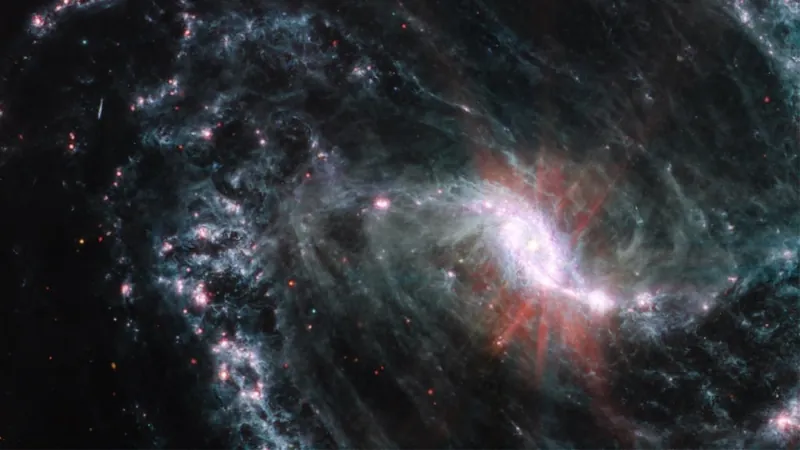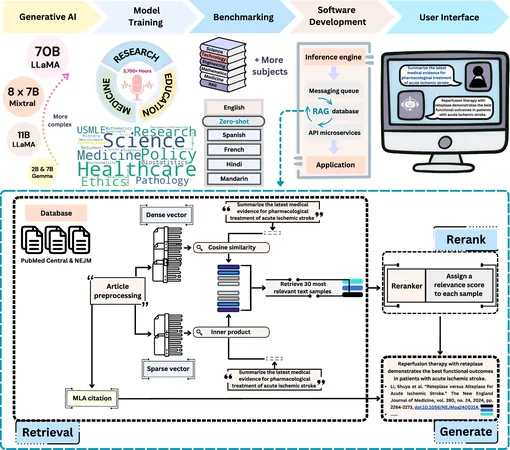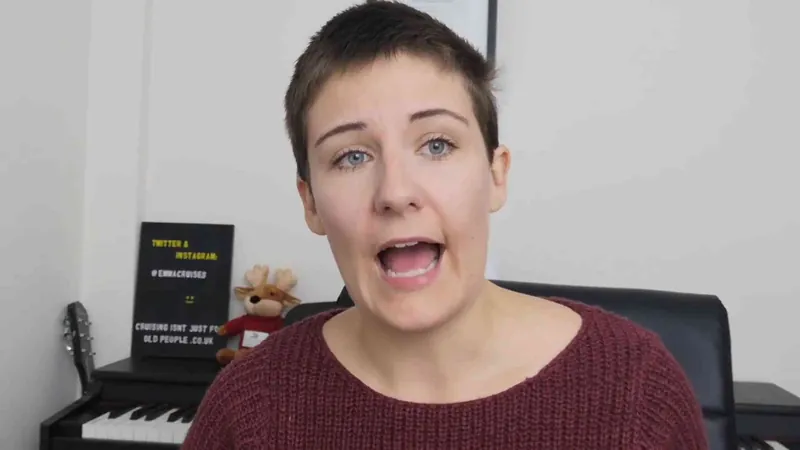
Is the Hubble Tension Finally Easing Up?
2025-06-05
Author: Michael
The Elusive Hubble Tension Explained
The Hubble Tension—a perplexing quandary in the field of cosmology—has left scientists scratching their heads for more than a decade. The conundrum lies in the stark disparity between two methods of measuring the universe's expansion rate. While nearby stars suggest one rate, data from the Big Bang’s afterglow, known as the cosmic microwave background (CMB), indicates another, creating a divide that refuses to close despite exhaustive attempts to dismiss it as mere measurement error.
A Breakthrough Study from a Leading Cosmologist
Enter a groundbreaking study led by Wendy Freedman, a prominent professor at the University of Chicago. Her team has focused on refining the process of measuring distances to nearby stars and galaxies, utilizing the explosive drama of supernovae and the majestic glow of red giants. With the advent of the James Webb Space Telescope (JWST), boasting four times the resolution and ten times the sensitivity of its predecessor, the Hubble Telescope, the potential for more accurate measurements has skyrocketed.
Freedman’s latest calculations indicate that the universe is expanding at a rate of 70.4 kilometers per second per megaparsec, with a 3% margin of error. In a shocking twist, this figure aligns closely with the CMB’s measurement of 67.4 kilometers per second per megaparsec, which comes with an impressively low margin of error of just 0.7%. For the first time in ages, these two seemingly contradictory approaches are yielding overlapping results—an exciting development in the world of astronomy.
Hope for a Unified Theory?
This newfound alignment hints at a possible resolution of the Hubble Tension and reinforces the validity of the Standard Model of cosmology. While over 1,000 research papers have been penned to explain the discrepancy, it seems that the supposed conflict may not have existed after all. Freedman expresses cautious optimism that remaining minor differences could resolve themselves as measurement accuracy continues to evolve.
Future Observations Aim for Clarity
The quest isn’t over yet. Freedman and her team have set their sights on the Coma cluster, a colossal galactic assembly, to take their exploration of cosmic expansion to new heights. This future work promises to circumvent the need for supernovae, allowing for a more straightforward measurement of the Hubble constant. If the Hubble Tension indeed dissipates under the lens of advanced instruments, it could signify a momentous triumph for the Standard Model of cosmology—an enduring framework that still faces the enigmatic challenges posed by dark matter and dark energy.
Expert Insight from Prof. Wendy Freedman
"This new evidence is suggesting that our Standard Model of the universe is holding up. It doesn’t mean we won't find inconsistencies in the future, but for now, the Hubble Constant doesn’t appear to be one of them," shares Prof. Wendy Freedman.









 Brasil (PT)
Brasil (PT)
 Canada (EN)
Canada (EN)
 Chile (ES)
Chile (ES)
 Česko (CS)
Česko (CS)
 대한민국 (KO)
대한민국 (KO)
 España (ES)
España (ES)
 France (FR)
France (FR)
 Hong Kong (EN)
Hong Kong (EN)
 Italia (IT)
Italia (IT)
 日本 (JA)
日本 (JA)
 Magyarország (HU)
Magyarország (HU)
 Norge (NO)
Norge (NO)
 Polska (PL)
Polska (PL)
 Schweiz (DE)
Schweiz (DE)
 Singapore (EN)
Singapore (EN)
 Sverige (SV)
Sverige (SV)
 Suomi (FI)
Suomi (FI)
 Türkiye (TR)
Türkiye (TR)
 الإمارات العربية المتحدة (AR)
الإمارات العربية المتحدة (AR)